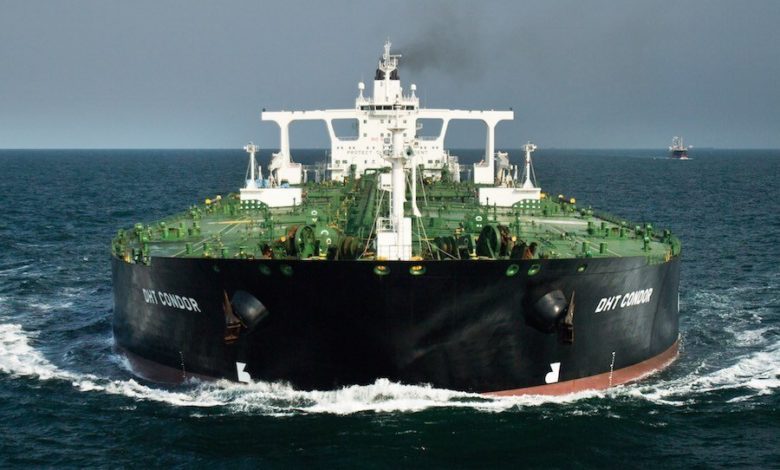Tanker market hits peak supply growth: Poten

As of October 1, 2017, 214 tankers (handysize and up) have been delivered for the first three quarters of this year with another 88 scheduled for the fourth quarter, according to data from New York brokers Poten & Partners. Not all of these vessels are expected to be delivered and a substantial portion will be pushed into the following year, Poten points out in its most recent weekly report. For example, 2016 ended with 236 new tankers in the fleet, which was about 75% of what was scheduled at the start of the final quarter of last year. If the same ratio is applied to 2017, the year will end with some 230 deliveries.
The scheduled tanker orderbook for 2018 consists of 236 vessels. If the owners again take delivery of 75-80% of the orderbook, there will be around 185-190 deliveries next year, 20% less than this year.
“If we see similar tanker demand growth next year, these lower delivery numbers should improve the overall supply/demand balance and support rates,” Poten suggested.
There are marked differences between the segments however. For VLCCs, the current orderbook for delivery in 2018 (48) is actually slightly higher than orderbook one year ago for delivery in 2017 (46). This may signal “continued supply pressure” on the VLCC market, Poten suggested. On the other hand, the total VLCC orderbook fell 21%, from 108 in October 2016 (15.7% of the fleet) to 85 in October 2017 (11.6% of the fleet), pointing to better times ahead.
The short-term supply outlook for suezmaxes is better than for VLCCs, Poten believes. This time last year the suezmax orderbook for delivery in 2017 was 57 vessels. Through the first three quarters of this year 42 suezmaxes have been delivered with the remaining 15 scheduled for Q4. At 39 vessels, the orderbook for delivery in 2018 is substantially lower. The total suezmax orderbook has also fallen dramatically over the last 12 months, from 96 (21% of the fleet) to 61 (12.2%), bringing the suezmax orderbook more in line with the other tanker segments.
“Again, if demand holds up (or improves), Suezmax rates could stage a recovery in 2018,” Poten maintained.
The aframax/LR2 fleet balances are also improving from this year to the next, analysts at the New York-headquartered firm claimed. In 2017 to date, 58 vessels in this segment have been delivered, with another 20 scheduled for the remainder of the year. The combined orderbook for 2018 is only 50 vessels and the total orderbook is also down 30% (from 157 to 109). The orderbook has come down for LR2s in particular, from 20.7% of the fleet in 2016 to 11.3% currently.
Meanwhile, the dirty panamax fleet is small (77 units) and the one remaining vessel on order was delivered to its owners earlier this year. The (clean) LR1 segment is significantly bigger (357 vessels) and new orders continue to be placed, although not at the same pace as in the other segments. The current orderbook consists of 37 LR1s representing about 10% of the fleet, with 20 vessels scheduled for delivery in 2018.
Looking at the MR/handy product tanker fleet, Poten said it is noteworthy that the MRs have already gone through an expansion/renewal cycle in recent years and the orderbook is now substantially reduced to 10% for MRs.
“The MRs are expected to take market share from the Handy fleet as the latter segment continues to have a small orderbook (5%) and is rapidly ageing,” Poten reported.
“In conclusion,” Poten stated, “the outlook for tanker supply growth in 2018 is more subdued relative to 2017 and a pickup in tanker demand could boost rates.”
